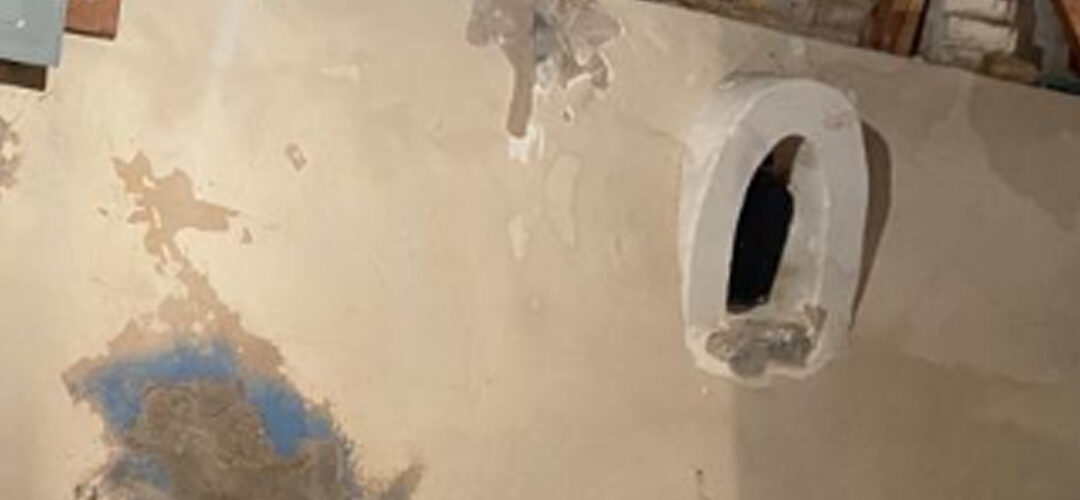Any homeowner or business owner who deals with mold knows how unpleasant it is. Mold can begin to grow as fast as 1-2 days after a disaster, such as a hurricane or a storm, or even light rain. Even more concerning is when that mold turns out to be hazardous, putting you and everyone else in your home at considerable risk.
Zavza Seal LLC specializes in Mold Removal and has the expertise and state-of-the-art equipment needed to safely and effectively eliminate mold from your basement. With their knowledge and tools, they can ensure that your property is free of mold and safe for you and your family.
Today we will discuss whether mold growing in your basement is toxic.
Why does mold grow in basements?
In most houses, basements are usually vacant and only sometimes accessed by the home’s residents. This leaves them dark, warm, and with little to no ventilation, as no doors are open and shut or windows open. Add in a tiny bit of moisture from wall leaks or a poor waterproofing job, and you have the perfect recipe.
The dark, unventilated atmosphere is the perfect environment for mold infestation. Mold thrives in these conditions. It is astonishing to imagine that even with the tiniest bit of moisture, mold can develop in any area of your basement in as little as 24-48 hours. This is truly a testament to nature’s will to grow and thrive.
Effects of inhaling mold
However, admiration for nature aside, mold is not a welcoming sign. Indeed, the very presence of mold can be dangerous for all breathing organisms. Exposure to mold for prolonged periods can be disastrous for your health. Symptoms of mold exposure can be, but are not limited to:
- Headaches
- Irritation at the base of your throat
- Blurry vision
- Coughing
- Irritation in your lungs
- Shortness of breath
- Difficulty in breathing
This is why mold should not be left unattended if found in the home.
How to tell if the mold in your home is toxic?
Smell it out
Finding mold in your home is not that difficult of a task. Like rotting leaves or soil, the musty smell is the most typical indicator that you aren’t dealing with any ordinary mold. If you notice a strange odor in your house, follow your nose to confined areas since mold prefers dark, wet, and humid surroundings.
Look for visible growth
While toxic mold frequently lurks in your walls, attic, or crawlspace, it can also be found in the open. You could notice black rings or patches on the ceiling in certain situations. It’s possible that this mold is not harmful, but you should get an examination done straight away to be sure. If you live in an apartment, New York state mold laws state that landlords are obligated to keep renters’ houses free of mold in buildings with three or more units and structures of any size when a resident has asthma.
If you suspect mold in your home, Mold Inspection and Tests can help determine the severity and type of infestation, ensuring you take the right course of action.
See if the stains persist, even after you’ve wiped them down
It is not suggested to attempt to remove mold on your own. But, if you have cleaned up a moldy spot and disinfected it but still see stains on the walls, it’s time to schedule that Basement Waterproofing service to prevent future moisture buildup and mold recurrence.
Pay attention to the color and the texture of the spots
Black mold was previously mentioned above, although it would be more correct to describe Stachybotrys chartarum as having a greenish-black color. Besides that, toxic mold could have a slimy, moist surface or a soot-like, grey appearance. You could even detect fuzzy orange or brown patches in certain cases. Avoid getting too near, and contact a professional immediately if you discover mold in your house that possesses any of these characteristics.
If you’re wondering How to Remove Mold from Basement Walls, professionals can guide you through the safest and most effective techniques to eliminate the problem permanently.
You start experiencing strange illnesses
Call someone to take care of your mold as soon as possible if you have respiratory problems or any of the other symptoms listed above. The longer you wait, the more likely it will be that you may get rashes, coughing, and exhaustion.
Who should you call in case of a toxic mold problem?
It is advisable to evacuate the room as soon as you discover the mold in your home is toxic. The next step would be to call in the professionals. These people are experts in handling situations that involve toxic household infestations.
Don’t let mold growth jeopardize your health and safety. Contact Zavza Seal LLC for Professional Mold Removal Services Near Me that you can trust.
Call in today to get a free estimate!
Related Blog Posts:
Related Services:
Our service areas:
Get A Free Estimate

